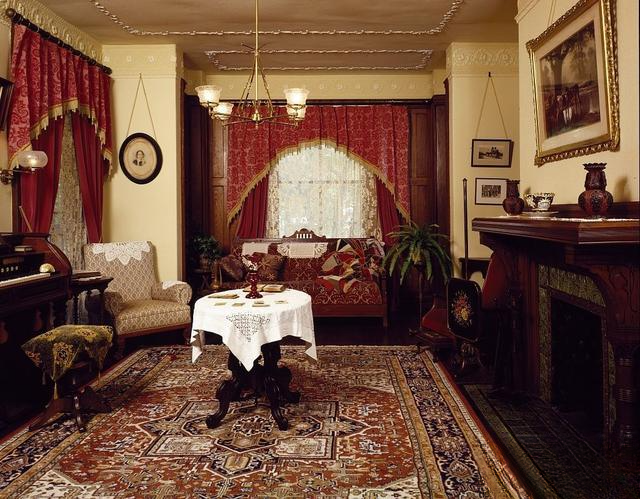The History of British Antique Furniture
The earliest furniture can be traced back to the Neolithic Age, and British antique furniture, with its novel, unique, noble and elegant design style, has become an insurmountable and important stage in the history of European furniture. Due to geographical and historical reasons, to some extent, Britain is far away from the main ideas and design trends in the inland. But as time goes by, the spread of foreign knowledge and culture gradually affects the British knowledge system, resulting in a fusion style, which was then spread all over the world. Therefore, the style of British furniture also reflects the history of England. Today, let's focus on this beautiful island country and discover antique furniture together.
Elizabethan I (1558-1603)
这个时期,家具和室内装饰风格与之前以华丽著称的都铎时期相比发生了巨大变化。由于当时房屋设计的改变,以往占主导地位的哥特式风逐渐被欧洲文艺复兴风格所融合。例如大厅在中世纪时成为房屋设计最主要的部分,而现在却被长廊所取代,因此全屋最精美的装饰性家具和摆设都会陈列在此。
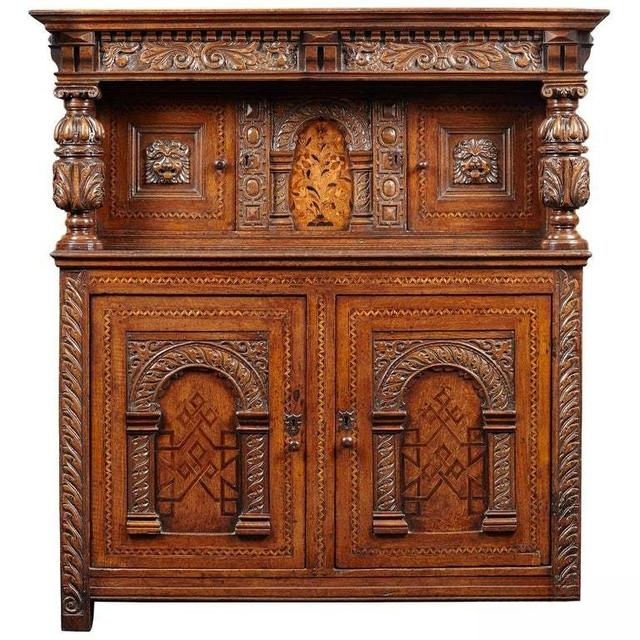
▲ British Elizabethan oak cabinet, picture source: Internet
Main characteristics : small, delicate interior designs; preference for wood (especially oak); emphasis on curved shapes, such as the Dutch-style globe; lack of the balanced proportions of Italian Renaissance furniture; rich and complex carving.
Tips : Furniture such as chests with drawers and dressing tables are less well known. Mirrors made of glass during this period are also very rare, and most of them were imported from Venice.
Jacobean Period (1603-1625)
The furniture of this period was basically a continuation of the Elizabethan style, but the decorativeness became less prominent and more focused on details and balanced proportions. The main figure who influenced the style of this period was the architect Inigo Jones, who studied in Italy and brought the design concepts of the Italian architect Andrea Palladio back to England.
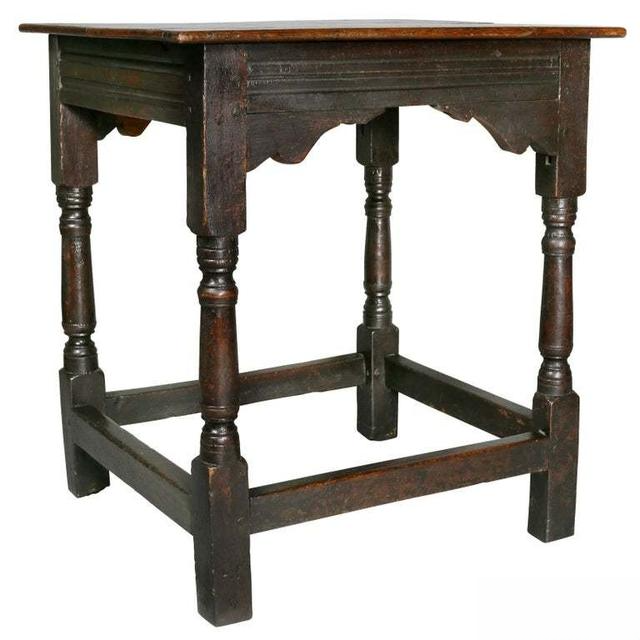
▲ James period oak square table, picture source: Internet
Main features : calm style, mostly square design; heavy furniture, more emphasis on comfort than decoration.
Tips : Invented the Gate Legged Table
Cromwell Period (1649-1660)
Due to historical reasons, the furniture design of this period seems to be incompatible with the development of British furniture as a whole. It is manifested in the rejection of the entry of foreign culture and the opposition to the fusion of English Gothic style with classical and European Renaissance styles.
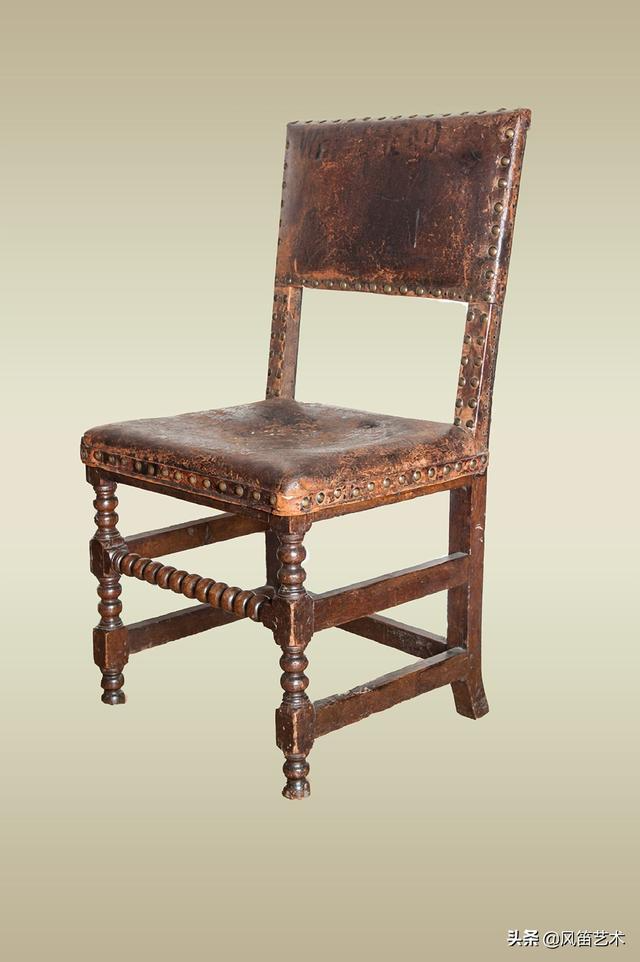
▲ Chair in the style of Cromwell period, picture from the Internet
Main features : clear edges and corners, simple and practical; rarely use complicated carvings or other decorative inlays.
Tips : John Stephens, a well-known contemporary director, once commented that the furniture of this period was "very plain, boring, and uncomfortable furniture."
Reign of Charles II and James II (1660-1688)
Charles II ascended the throne in 1660, ending the leadership of Oliver Cromwell. Having been exiled to France for several years, he was deeply influenced by the fashion trends there. When he returned to England, he also brought the French and Dutch Baroque styles back to London. In order to cater to the tastes of Charles II, a large number of Dutch and French craftsmen poured into England, bringing with them techniques such as veneer, gilding, and inlay.
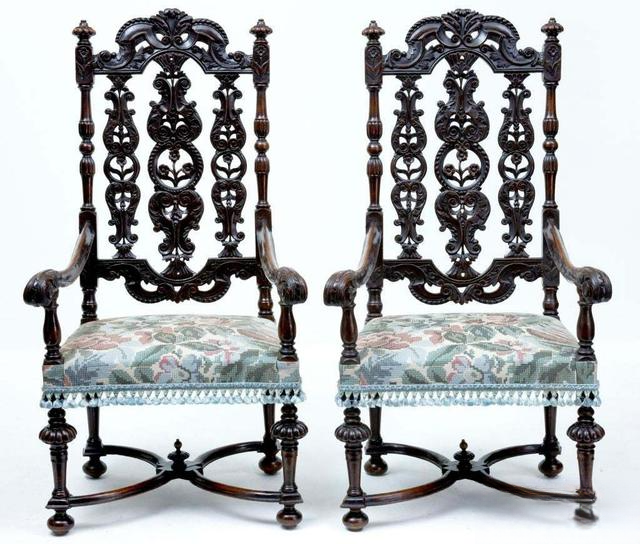
▲ Carolean walnut carved chair, picture from the Internet
Key Features : Wood paneling and plaster decorations began to be used during this period. Gilding and plaster inlays became increasingly popular and became the main materials for furniture handles.
Tips : New types of furniture began to appear at this time, such as sofa beds, Carolean chairs, freestanding bookcases, chests of drawers, British clocks and dressing tables, etc.
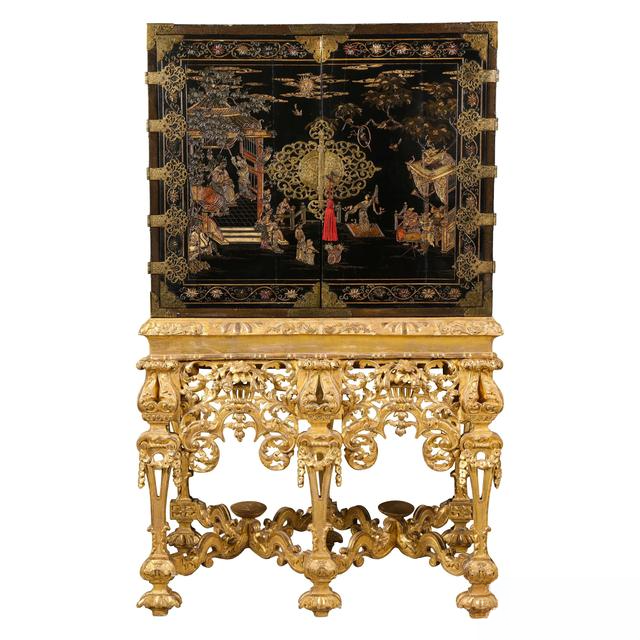
▲ Charles II's mother-of-pearl inlaid lacquer cabinet, picture from the Internet

▲ Charles II Gilded Bronze and Ebony Clock, picture from the Internet
Reign of William III and Mary II (1688-1702)
During this period, many Dutch furniture craftsmen came to Britain with William III . They had exquisite furniture design skills and improved the production technology and standards of British furniture to a certain extent.

▲ William and Mary period cushioned bench, picture from the Internet
Key features : gilding, marquetry, lacquerware, finely decorated silks; curved structures, rounded table/chair feet, sinuous leg designs. Spoon-shaped chair backs became popular around 1700 to improve comfort.
Tips : Lacquer furniture is mass-produced; mahogany begins to be used; upholstered benches and high-back chairs become popular

▲ High-back chairs and side chairs from the William and Mary period, pictures from the Internet
Queen Anne's reign (1702-1714)
This period was still very decorative, with lacquerware and porcelain production as the main techniques. This period is known as the "Era of Elegance" and is also the period when British Baroque furniture reached its peak. At that time, British furniture manufacturers mastered foreign technology, and their exquisite craftsmanship was almost on par with that of France and the Netherlands.
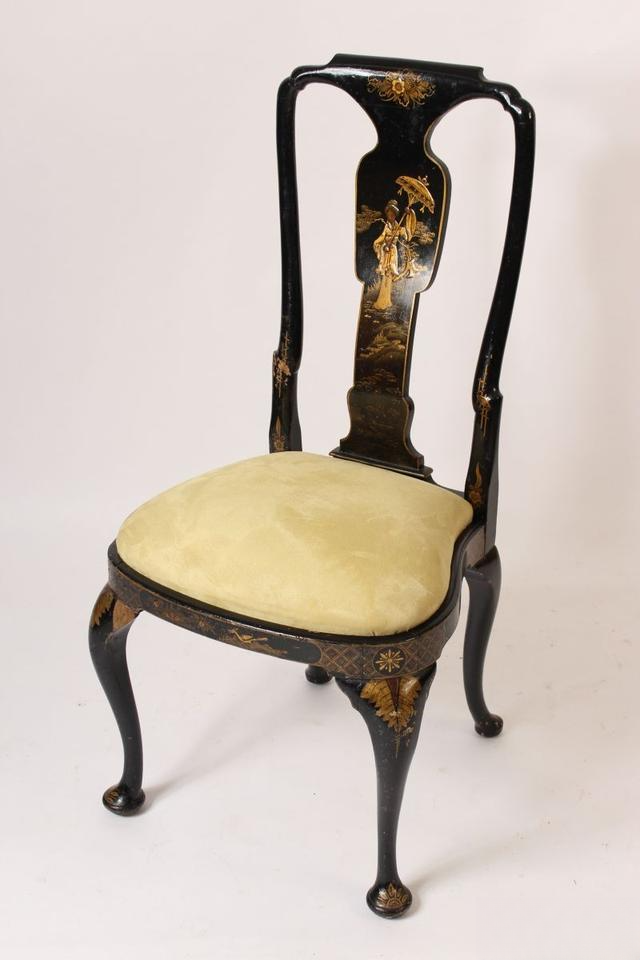
▲ Oriental style chair from Queen Anne period, picture from the Internet
Main features : British craftsmanship, with well-proportioned furniture and less decorative parts, and a deeper design concept. Walnut is the most popular wood, and the use of marquetry and parquet is gradually fading, but cross-striped decorative veneers are still used.
TIPS: Unique Queen Anne chairs, new sofa chairs (wing chairs), mirrors with gilded frames, and gilded plaster furniture

▲ Queen Anne period walnut wing chair, picture from the Internet
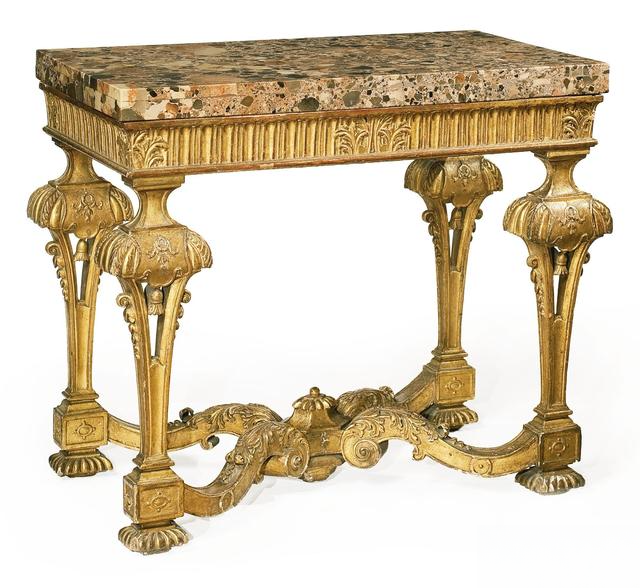
▲ Marble-topped plaster gilded table from the Queen Anne period, picture from the Internet
Georgian Period (1714-1727)
The style of this period was a continuation of the Queen Anne period, but with a more fashionable feel . Influenced by the famous designer of the time, William Kent, a group of Palladian style furniture was created. Because it was extremely ornate and large, it was designed and made only for a small number of wealthy people, so this type of furniture was only displayed in villas, mansions and palaces.
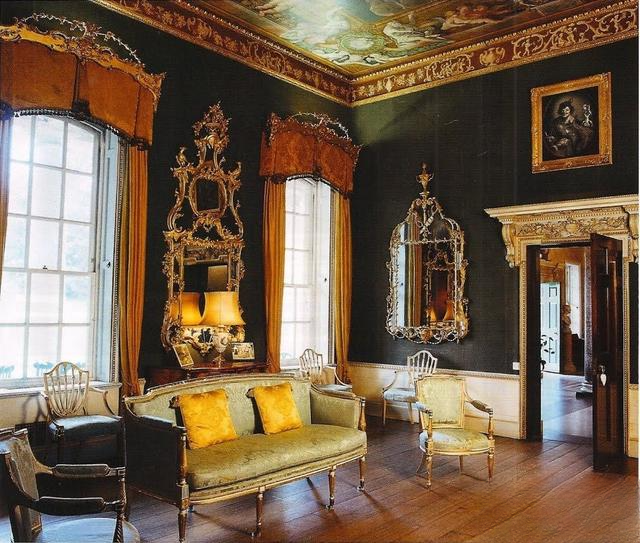
▲ The interior is decorated in Palladian style. Image source: Internet
Key Features : The Palladian style is characterized by exquisite ornateness, large scale, and heavy, like sculpture. These designs are largely inspired by classical architectural elements, such as molded door panels, large wood carvings, and sculptures of ancient mythology. Rosewood surpasses walnut as the most popular material, with detailed shell decorations and double fishtail cross-shaped table/chair legs.
Tips : Common items include side tables, tables with marble tops, bookcases and gilded mirrors

▲ Palladian style marble table, picture from the Internet
George II (1727-1760)
During this period, people tended to prefer curved, light, less decorated and practical furniture , so the early Palladian style was not accepted by the public for several years. In 1754, Thomas Chippendale, the father of European furniture, published "A Gentleman's Guide to Furniture Design", which combined Chinese furniture style, French Rococo style and Gothic style, shaping the unique style of Britain during this period.

▲ Chinese-style sideboard from the George II period, picture from the Internet
Main features : A fusion of French Rococo, Chinese style and Gothic style; simple and elegant lines and symmetrical proportions; slender curves, with the chair legs/table legs becoming thinner; exquisite chair back design; made with a combination of different woods.
Tips : Chinese style furniture

▲George II style chair, picture from the Internet
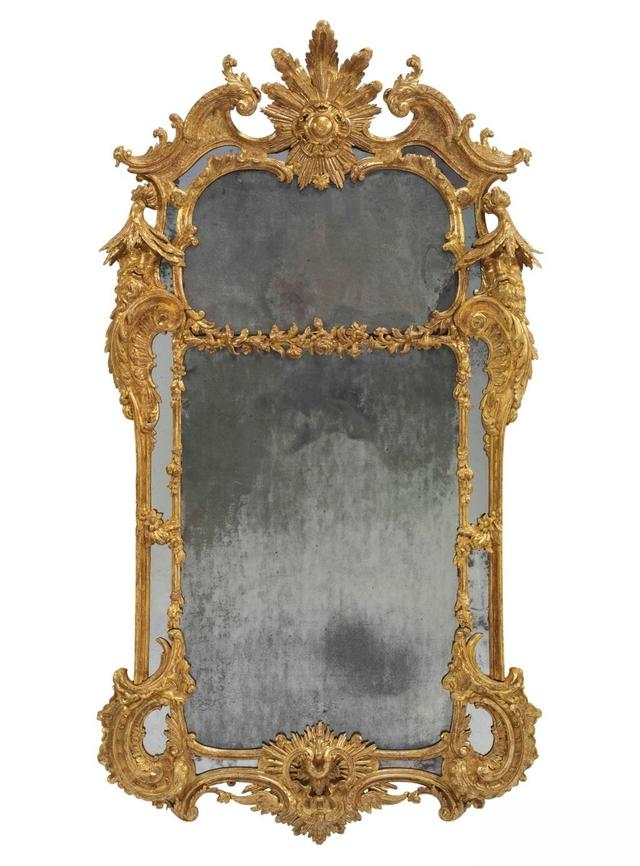
▲ Gilded decorative mirror from the George II period, picture from Sotheby's auction house
George III (1760-1820)
In 1760, George III came to the throne and began to oppose the Palladian and Rococo styles. With the continuous archaeological excavation of Pompeii, people became very interested in ancient Greece and Rome, which led to the development of the British neoclassical style. During this period, architects and designers represented by Robert Adam formed the Adam style (Adam Brothers style) of design.

▲ The Saloon, Saltram, designed by Robert Adam, image source: Internet
Main features : The furniture and interior design of this period focused on form, orderly straight lines replaced the rococo curves, and the decoration was detailed and rich. Paintings, veneers, light carvings and reliefs, and inlays of various materials were used. Mahogany was the main wood used during this period, and some furniture was also made of satinwood.
Tips : At this time, the furniture is no longer a single design, but will be designed to match the overall style of the interior. Such as sideboards, wall tables, writing desks, long tables with mirrors, chairs, etc.

▲ Chair designed by Robert Adam in 1775, picture from the Internet
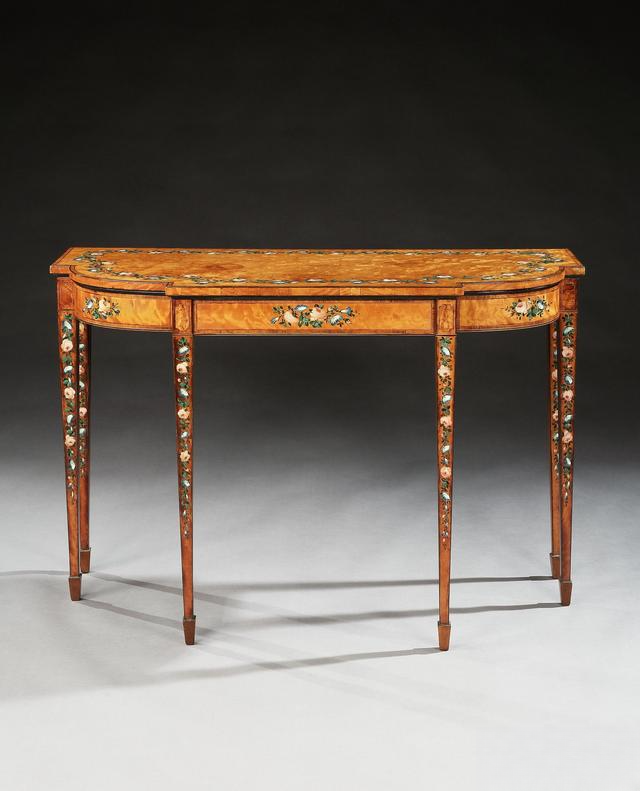
▲ Basswood table from the George III period, picture from the Internet
Regency and William IV (1811–1837)
Strictly speaking, Regency-style English furniture lasted until at least 1830, and had little to do with the Regency period of George, Prince of Wales (1811-1820). During this period, Britain was in the second phase of the Classical Revival, and the inspiration for furniture design came mainly from ancient Greece and Rome . The William period was a continuation of the Regency style, but in essence it was a revival of the Gothic style, known as the "Gothic Castle".
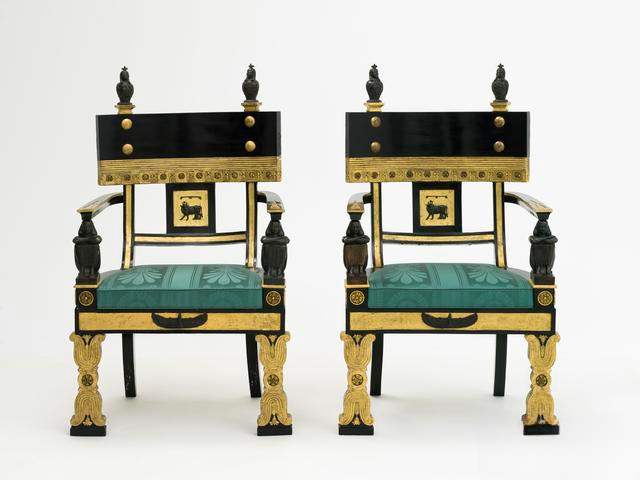
▲ Thomas Hope Regency Egyptian Revival style chair, picture from the Internet
Main features : Emphasis on ancient Greek style; exquisite simplicity, tending to be simple design style, without too much detailed decoration. Rosewood was a popular material at the time, supplemented by ebony, satinwood and metal for inlay and carving of popular patterns (lion masks, female image columns, dolphins, harps, lotus clusters, garlands and leaves). In terms of coloring, it usually imitates the material and color of gilding.
Tips : Brass, rosewood, and mahogany veneer decorations are used extensively; table/chair legs are mostly saber legs (similar to curved knives), and the feet are mostly in the shape of a lion or eagle grabbing a ball with its claws.

▲ Regency period saber-leg armchair, picture from the Internet
Victorian Era (1837-1901)
The Victorian era was a critical period in the British furniture industry, as the Industrial Revolution began the large-scale mechanization of furniture production. The focus of the furniture industry at this time was mainly on production, which lacked creativity. Therefore, the Victorian style is also called "nostalgic historicism" to revive the artistic styles of the Middle Ages and the Renaissance. The simple Regency furniture was replaced by more imposing, curvaceous and more decorative furniture.
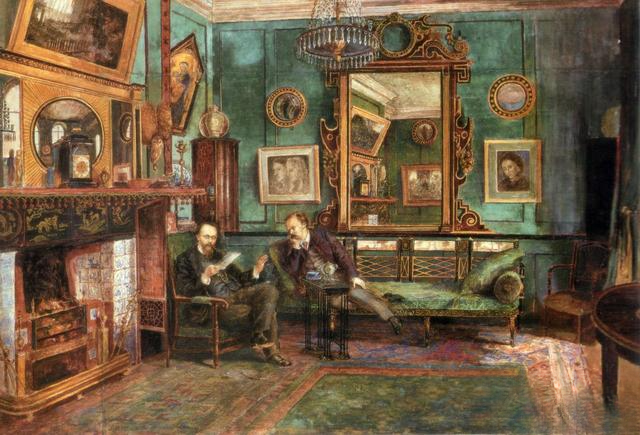
▲ Dante Gabriel Rossetti’s drawing room, Henry Treffry Dunn, 1882, image source: Internet
Key Features : There are some unique stylistic themes during this period, including Modern English Gothic, Art Furniture, Japonism, and Arts and Crafts.
Tips : Reproduce a lot of furniture from previous periods
